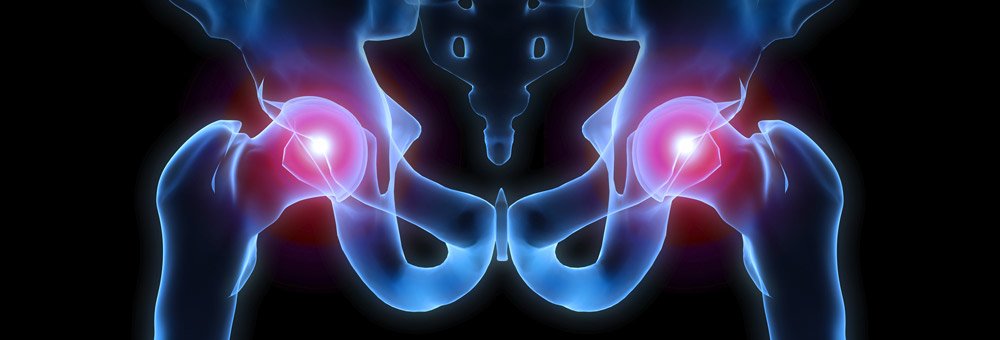
You are here: Home > Our Services > Specialised Procedures > Bone conserving Mini-Hip replacement
Bone conserving Mini-Hip replacement
Today's patients undergoing total hip replacement surgery (including hip resurfacing) have greater expectations than ever before. Almost all regain an active lifestyle free from hip pain and a growing proportion expect to resume recreational sports. Combined with a trend towards earlier intervention, before long term stiffening and muscle damage occurs, there is a growing awareness that these patients may require a second or even a third surgical procedure.
With this in mind, internationally renowned orthopaedic surgeon, Mr. Richard Field has devoted over 20 years to finding a solution to this problem. He dates his interest in bone conserving surgery from 1982 when he was a newly qualified doctor working at the Royal National Orthopaedic Hospital in Stanmore. From there he moved to Cambridge where he worked with the Professor of Orthopaedics, Neil Rushton and the two have worked together to develop a bone conserving hip replacement which can be used for the majority of patients.
It was Mr. Derek McMinn from Birmingham who revolutionized total hip replacement by successfully creating a hip resurfacing implant with a metal on metal bearing in the mid 1990s. This innovation has given tens of thousands of patients a dramatically improved quality of life whilst preserving as much of their own bone as possible. Unfortunately, the benefits of hip resurfacing are currently restricted to younger, more active individuals. Individuals who have, or may develop poor bone quality are not suitable for resurfacing.
The work carried out by Mr. Field and Professor Rushton has resulted in the development of the MITCH PER Mini-Hip implant, designed to overcome the limitations of both hip resurfacing and standard hip implants. The implant replaces the top half of the natural femoral head and has a mini stem which strengthens the femoral neck. Much of the head and all of the neck of the femur (thigh bone) are preserved, allowing for a conventional total hip replacement to be carried out later if needed. Computer simulation studies including mechanical loading tests at the world famous Rizzoli Institute in Bologna have provided strong evidence that the design will protect the bone from the early problems seen in conventional hip resurfacing. Mr. Field and Professor Rushton are currently training other surgeons in the technique and the operation is now being adopted in other UK and international centres. Mr. Field says "It will be several years before we prove that our design does resolve the limitations of hip resurfacing and extend the age range to individuals in their seventies. However, all the indications so far are very positive."
Richard Field is a Consultant Orthopaedic Surgeon practising at St Anthony's and is Clinical Director at the South West London Elective Orthopaedic Centre.
www.hipandkneesurgeon.co.uk An independent resource for hip and knee replacements.


 Click here to get help
Click here to get help